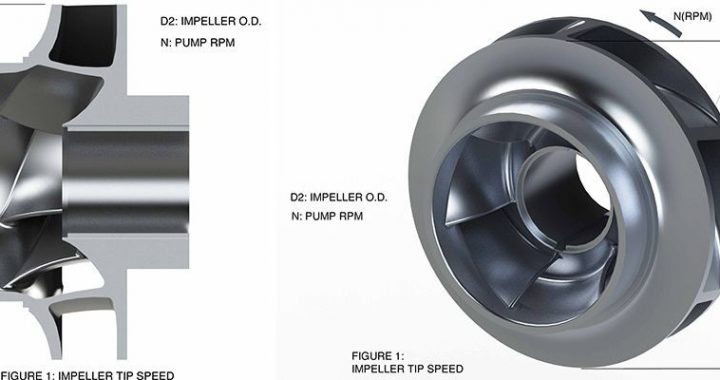Dr. Gary Dyson received his Ph.D. from Cranfield University and has spent his entire career specializing in rotating equipment. He has used his hydraulic expertise to help many customers re-engineer their equipment to improve reliability, performance, and efficiency.
Dr. Gary Dyson is now a regular columnist for the industry magazine, Pumps & Systems. In the past, he has written many articles for the magazine and now shares his wealth of knowledge on a regular basis.
To check out Dr. Dyson’s contribution to the magazine, click here.
For more information on how Hydro can reduce downtime and costs, visit us online here.









